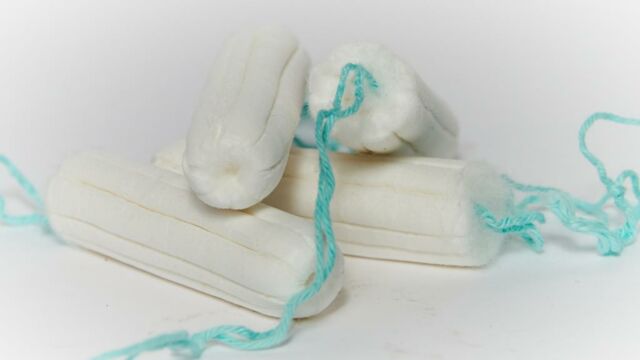£18 million! That’s how much Thames Water spends every year on clearing about 75,000 blockages from sewers in and around London. Flushing tampons, wet wipes, nappies and other non-degradable materials down the toilet contributes to these blockages.
Discover our latest podcast
Blocked Sewers
As convenient as it might be to flush your used tampon down the toilet, you shouldn’t do it. Tampons have been designed to be absorbent and so tend to expand when they come into contact with any liquid; they soak it up.
The reason they can stay inside you for a long time without breaking into smaller pieces is due to the way they’ve been designed.
On its website, a major manufacturer of tampons, Tampax said:
They wouldn’t be an effective period-care product if they broke down so easily in the presence of liquid.
And that’s exactly how they behave when flushed down the loo; they sock up more water and do not break apart, often times blocking the flow of water in the sewer pipes.
Clearing of these blockages are expensive and can also lead to flooding and damage to a city’s sewage system.

Poor Sea Creatures
If it doesn’t clog up your drains, that tampon you flushed is most likely going to end up in an ocean or on a beach nearby. Tampons have some plastic elements, rendering most of them non-biodegradable.
According to the Women’s Environment Network (WEN), microplastics contained in tampons release
leaching toxic additives into the ocean while they break down, while also acting like a sponge absorbing other harmful chemicals.
This puts the lives of sea creatures at risk, as well as the humans, who in turn eat them.
Best Practices
Typically, it’s best to wrap a used tampon in either toilet paper or facial tissue and toss it into the garbage.
You could buy small bags sold for wrapping used menstrual products before disposal.
You could also switch to biodegradable tampons, which will not spend years in a landfill degrading into microplastics.
Reusable menstrual cups are a viable alternative. With these, you can flush the contents down the toilet, wash it and use it as many times as needed.















